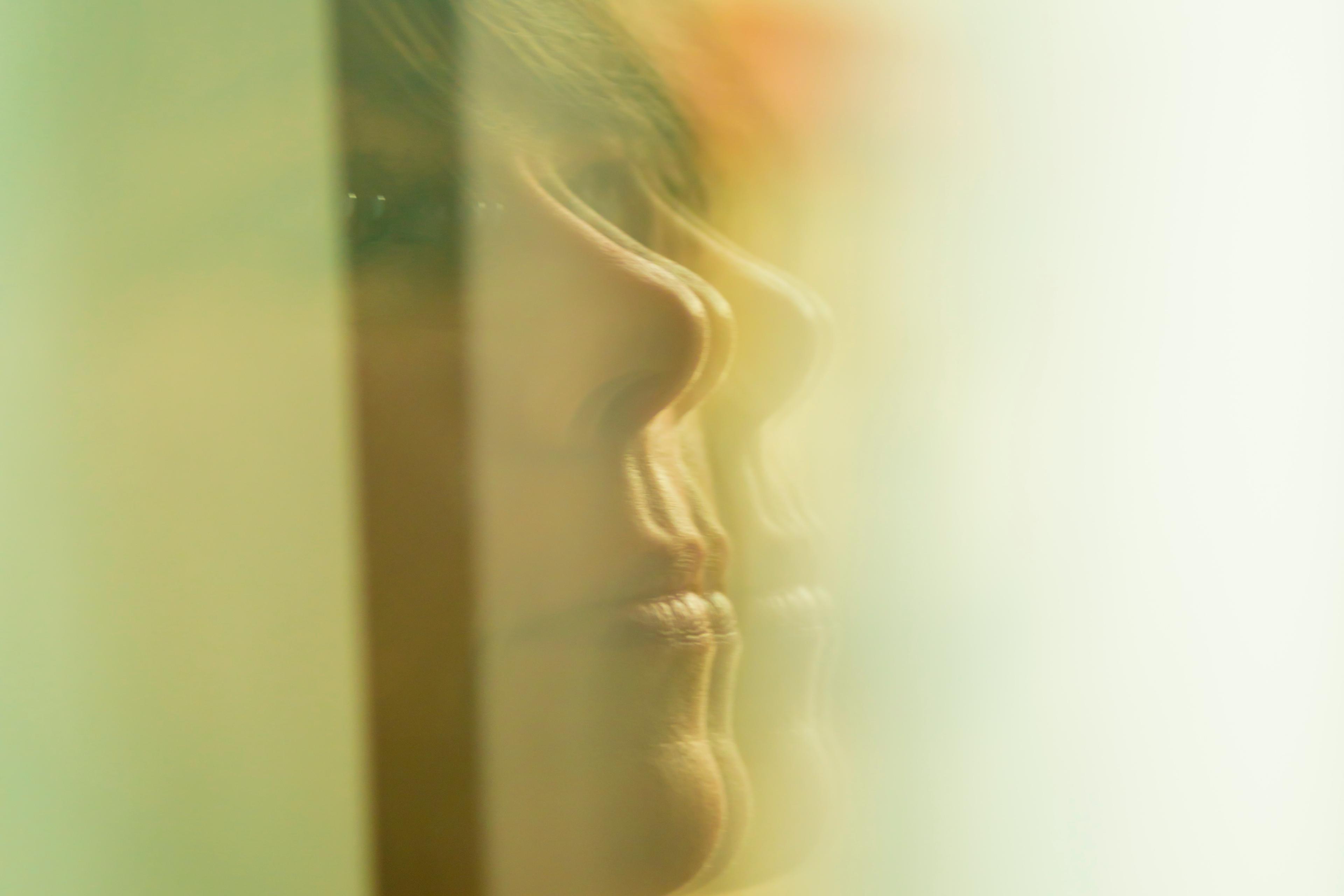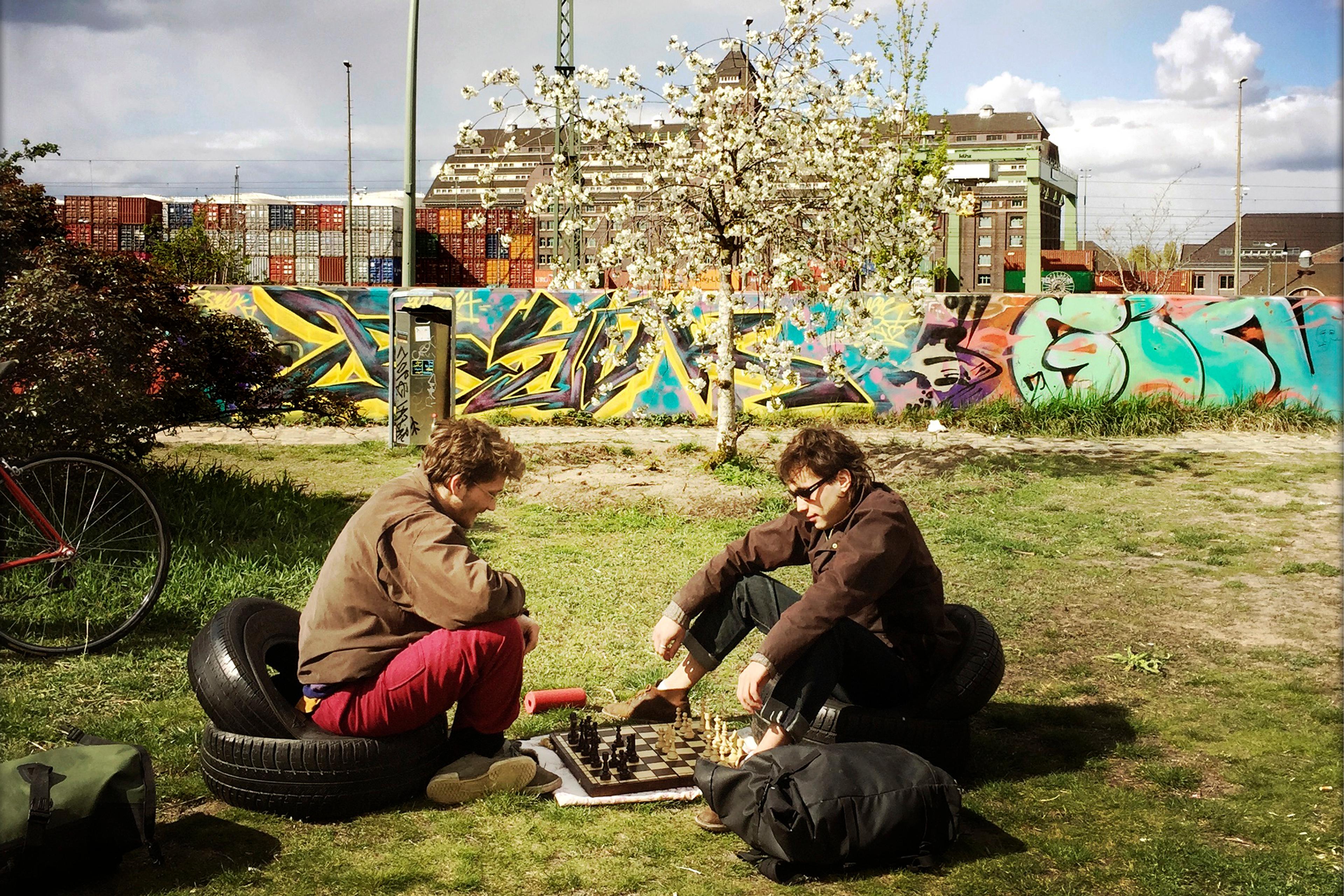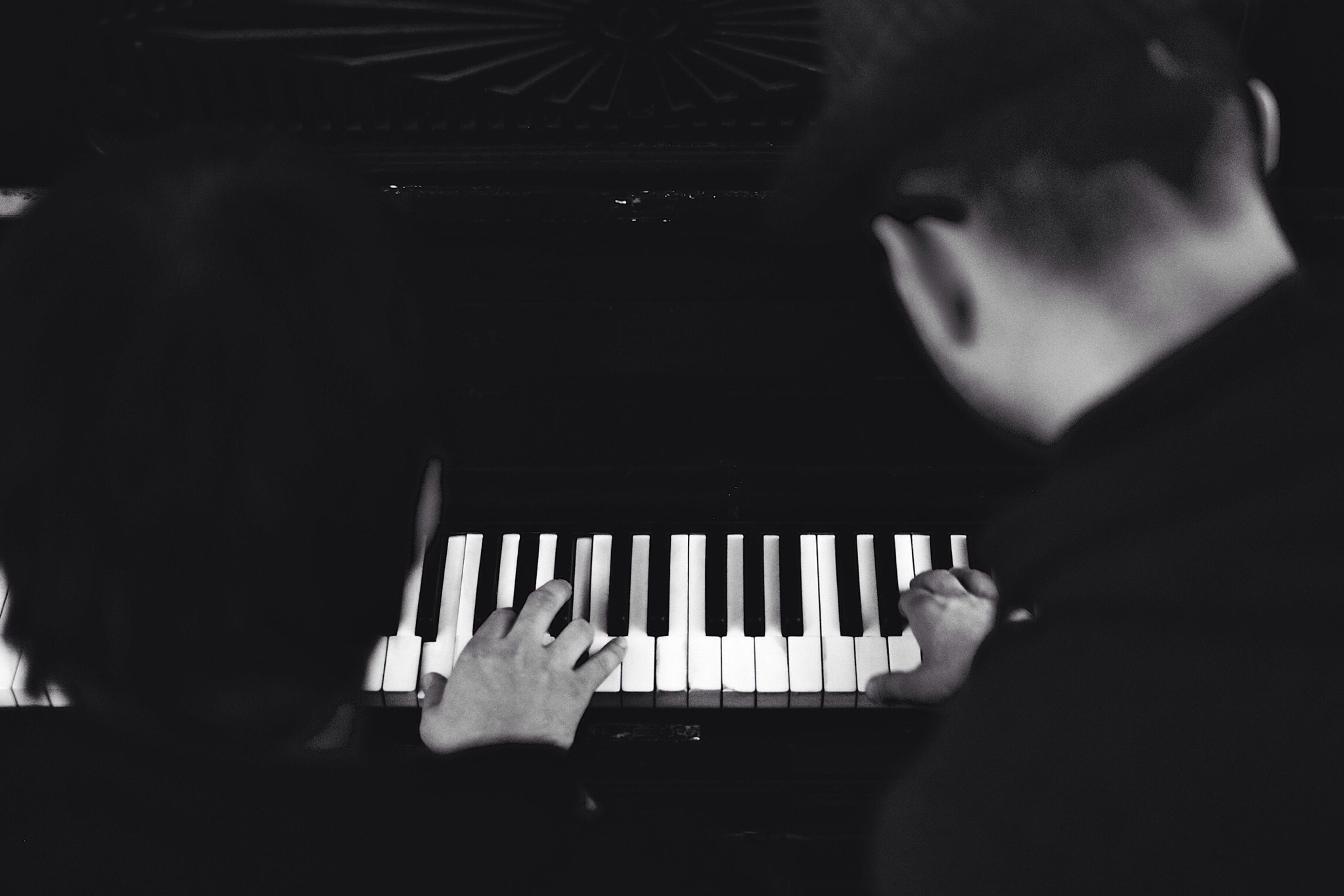Last month, I was diagnosed with autism. As part of the process, I took the Empathy Quotient, a self-assessment tool designed to measure how well I tune in to what others are feeling. The results brought me back to high school, when my best friend Esther stood at the edge of my bed, eyes downcast saying: ‘It’s like you’re dead inside.’
I’m a physician. I’ve sat at the bedsides of thousands of patients. I’ve listened closely, asked thoughtful follow-up questions, and made space for grief and fear. But, according to the test, Esther was right: I lacked empathy. My score fell in the 0.5th percentile, nearly indistinguishable from a psychopath.
If I’d owned a pearl necklace, I might have clutched it. That very accusation – lacking empathy – is what tore apart my friendship with Esther. I didn’t cry at the expected time, or say the expected thing, or attend the expected party. But the problem isn’t that I lack empathy. It’s how our culture defines it.
Long before Esther and I met, I was a seasoned troublemaker. By kindergarten, my mugshot hung in the teachers’ lounge. Legend had it that I never learned to play by the rules but, the truth is, I played by the rules I was given.
In the fifth grade, I was caught red-handed in a bathroom stall reading my thesaurus. Concerned that I was under-socialised and ill-equipped for life, the principal promptly sent me to Ms Mortimer’s Kindness Boot Camp. I’d dangle my legs off an oversized chair and practise making eye contact, taking turns speaking, and laughing at jokes that weren’t funny. It felt a lot like detention, except with juice and crackers.
It taught me that I wasn’t like the other girls, and that being different was wrong
The only time Ms Mortimer was tough on me was when the hall monitor turned me in. ‘Found her behind the garbage bin reading Webster’s Thesaurus,’ he’d report, like a prison guard clocking out. I didn’t understand the fuss. The reading programme was all the teachers ever talked about, but here I was being reprimanded for preferring books to friendships.
‘Why do I have to be outside talking to the other girls at recess?’ I slumped down and crossed my arms over my chest. ‘All they talk about is lipstick and furry boots, and I don’t like fur on my feet.’
I didn’t hate the girls in my class. The truth is, I didn’t think about them at all. I was too enthralled, belly-down with my thesaurus, tucked between the shelves of our library. The moment I cracked it open, I knew: words were it for me. That single truth echoed from the top of my head to the tips of my toes. And for the first time, I belonged.
Kindness Boot Camp didn’t teach me how to connect. It taught me that I wasn’t like the other girls, and that being different was wrong. It was the first time I realised people were invested in changing me, and that I needed to protect the parts they wanted to erase.
Esther was the first real friend I trusted. She wasn’t picked by a teacher or arranged by my counsellor. We chose each other. We met in high school. She was the extrovert, and I was the frizzy-haired recluse who spent more time talking about grammar than Esther cared to sit through. Assigned seating brought us together, but it was our shared curiosity about our differences that led to our sacred promise. We sat cross-legged in my parents’ basement and swore to accept each other exactly as we were. We made a pact. But not one, it turns out, we’d keep for life.
‘You never show up to anything,’ Esther said, in a tone as soft as a lawn mower. ‘Can’t we just have a normal friendship?’
Telling someone they’re selfish because they don’t do what you want is the definition of selfish
I knew she was angry I wouldn’t attend her birthday, but I couldn’t get myself to react. And since her feelings were hers, not mine, I didn’t see why I had to make sense of them.
‘Are you just gonna sit there and slurp on soup?’ she yelled. ‘You’re so selfish!’
‘Telling someone they’re selfish because they don’t do what you want is the definition of selfish.’
‘Oh, can it with the definitions!’ Esther slumped to the edge of my bed. ‘You have no feelings.’
Fights with Esther felt like the Chicken Dance on loop. She’d invite me out, I’d say no, she’d be hurt, I’d slurp chicken soup and ask her to pass the salt. My lack of mirroring was followed by her calling me selfish, and me turning to definitions to shut down the conversation. We felt unseen and unheard, and wondered why we had started a friendship in the first place.
The prevailing definition of empathy, Esther’s definition, relies on the concept of imaginative projection, where we put ourselves in someone else’s shoes and imagine what we would do in their place. But what Esther saw as my lack of empathy actually reflected a different framework altogether. My autistic way of empathising prioritises attunement over emotional projection. Instead of trying to feel the same, I ask what the other person is feeling and listen.
The different frameworks create barriers in friendships between autistic and neurotypical women. Esther communicated through tone, expression and implication. When she was angry, she would roll her eyes or go silent. Since I depended on people verbally communicating their feelings, if something wasn’t spoken, I didn’t register it as part of the conversation. Eye-rolling left me wondering if she had strabismus. Silent pauses made me think she had gas. We weren’t just using different styles; we were using entirely different operating systems.
I may have scored lower than my houseplant on EQ, but even I knew that wasn’t empathy
It’s no surprise that, 20 years on, the friendship came to an end. The misfires, the mismatched expectations, the nights of feeling unseen had hardened into quiet resentment. So, when she invited me to a group dinner and I declined, it wasn’t just another no. It was the last straw.
‘I think the reason you never come out for dinner is because your father beat you as a kid,’ Esther said, ‘and that’s why you have problems connecting to other women.’
Now, I may have scored lower than my houseplant on EQ, but even I knew that wasn’t empathy. It reminded me of Kindness Boot Camp, and how everyone pathologised and labelled me as they saw fit. Disruptive. Defiant. Deficient. I thought that if I could listen harder, attune better, give others the stage to express, their scrutiny would go away. But it never worked. The more I tried to be myself, the more critical they got. If I could go back and do it again, I would have stood up for myself a lot sooner. I suffered for so many years in silence.

The author
The bias against autistic empathy is rooted in projection. It begins when neurotypical standards are treated as the default, and any difference is labelled a deficit. Esther never questioned her own behaviour. She framed herself as the healthy one and I was the broken one who needed correcting. Her framing wasn’t personal, it was cultural.
For autistic women like me who don’t mask, the judgment is relentless. I never pretended to enjoy parties, small talk or to have a deep social interest. When I said that out loud, Esther called it arrogance. When I kept it to myself, she said I had trouble attaching to friends. As if weaponising my childhood to guilt me into dinner was an example of healthy connection. Esther was taught to relate emotionally by imagining herself in my place. But this kind of empathy works only when you’re empathising with someone who inhabits the same frame.
As a doctor, I practise empathy every day. I don’t put myself in my patients’ shoes because the recommendations I make aren’t based on what I would do. They’re based on who my patients are. I don’t empathise by talking about myself, because peoples’ choices aren’t about me. I don’t guess what people are feeling. I learn by asking questions, listening to their stories, and attuning to what they need.
This way of caring for patients is not something I invented out of my autistic brain. I was taught to do it in medical school. Medicine is a factual science, but it is also an art of attunement. Our professors taught us to see without assuming, and to listen without inserting ourselves. We were taught to ask better questions, read the room, and stay present in uncertainty. ‘Don’t assume what your patients feel,’ my professor said on the first day of class. ‘Ask. When you don’t understand, admit it. And then ask more.’
I don’t cry when my patients cry, though some of my colleagues do. Instead, what unites us is staying in the present, listening closely, and responding with care. Attunement isn’t just compatible with good medicine, it’s essential to it. It helps doctors stay focused on the person in front of them, not just the medical diagnosis.
If the way I express empathy works in medicine, where people are at their most vulnerable, then it should be good enough everywhere else.








